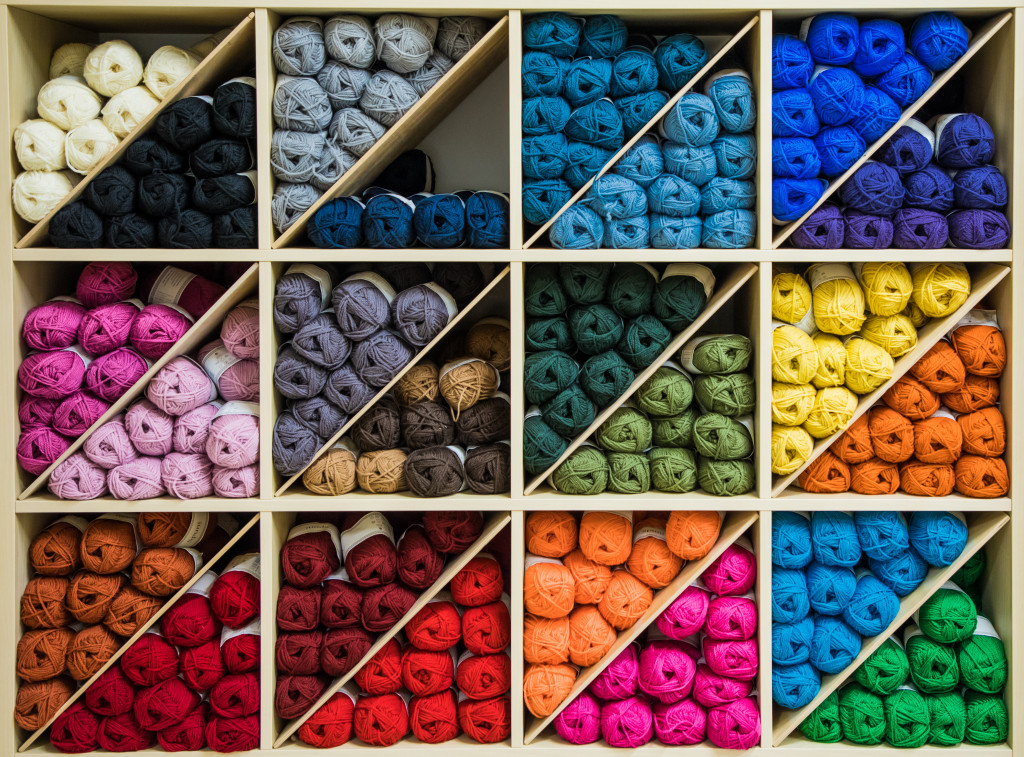Starting an arts and crafts business from home can be a fun and profitable way to spend your time, but it’s essential to do your research before you get started. There are a few key things to remember when starting, from choosing the right products to marketing your business. Here are a few tips to get you started on the right foot.
1. Know what you want to do.
Arts and crafts is a broad term that covers a wide range of activities, from painting and sculpture to jewelry making and woodworking. Before starting your business, it’s essential to narrow your focus and choose the products you’ll sell. This will help you create a unique selling proposition and target market for your business.
It would be best if you also considered the practical aspects of your business, like whether you have the space and equipment to do the work. For example, if you’re planning to sell paintings, you’ll need a studio or workspace where you can create your art. This is something to keep in mind as you start planning your business.
2. Do your research.
Before you start selling your products, doing market research is essential. This will help you determine whether there’s a demand for your products and what price point you should sell them at. You can do this by conducting surveys, talking to potential customers, and doing online research.
Some businesses require a lot of upfront investment, while others can be started with just a few supplies. Knowing how much it will cost to get your business off the ground is important before you start selling anything. This will help you price your products correctly and avoid any financial surprises.
You may also consider talking to a business coach or consultant before you start. They can help you create a business plan and advise you on getting your business off the ground. If you don’t have the time or money to invest in a consultant, there are plenty of online resources, like books and articles on starting a business from home.

3. Build your website.
In today’s digital world, it’s crucial to have a solid online presence. This starts with creating a professional website for your business. Your website should include your products, pricing, and contact information. This is the first place potential customers will go to learn more about your business, so making a good impression is essential.
If you’re unsure how to build a website, plenty of resources are available online. You can also hire an expert web design company to create a website. They can help you choose the right platform, design a professional-looking website, and add e-commerce functionality if you plan to sell products online.
You should also create social media accounts for your business. This is a great way to connect with potential customers and build relationships. Be sure to post regularly and interact with your followers to keep them engaged. Don’t forget to promote your website and products on your social media accounts.
4. Market your business.
Once you have a website and social media accounts set up, it’s time to start marketing your business. You can do this through online and offline channels. Some great online marketing strategies include search engine optimization (SEO), pay-per-click (PPC) advertising, and social media marketing.
You can also market your business offline by attending trade shows, craft fairs, and other events. This is a great way to meet potential customers and get your products in front of them. You can also distribute flyers and other marketing materials in your local community.
5. Be creative.
The nature of an arts and crafts business is that it’s creative. This means you must be creative in everything you do, from marketing to product development. Be sure to tap into your creative side and develop new and innovative ideas for your business. This will help you stand out from the competition and attract more customers.
You should also be creative when it comes to pricing your products. Many arts and crafts businesses price their products based on the time it takes to create them. However, you may want to consider other factors, such as the cost of materials and shipping. This will help you determine a fair price for your products.
Arts and crafts businesses are becoming increasingly popular, especially among people who want to be their own bosses. If you’re considering starting an arts and crafts business, keep the tips above in mind. They’ll help you get your business off the ground and ensure its long-term success. Remember to be creative, market your business effectively, and price your products fairly.




